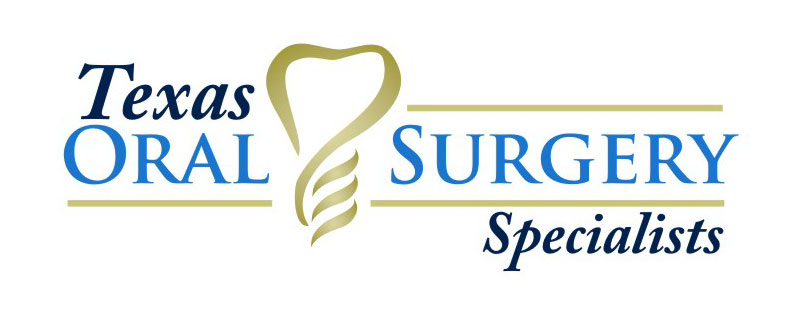As we strive to improve our oral and maxillofacial practice and provide even better care for patients, we have invested in the CS 9300 system from Carestream Dental.
This powerful device offers a full 3D CBCT Craniofacial field of view and allows the selection of up to seven fields of view for 3D images, ranging from 5 cm x 5 cm to 17 cm x 13.5 cm, as well as 2D digital panoramic imaging with variable focal trough technology, thereby minimizing unnecessary radiation exposure. With precise 3D panoramic images, it has unprecedented levels of clarity – up to 90μm – to assure diagnostic confidence and acceptance of treatment plans.
We’ve found that this versatile cone beam 3D system meets a full range of OMS imaging needs. Crystal-clear Panoramic radiographs form the foundation of most OMS cases, and the CS 9300 provides these with its variable focal trough technology. Because some cases call for additional anatomical detail, the 3D CBCT also gives us the option of multiple fields of view that we can collimate to the precise region of interest, in adherence with the ALARA principle – “As low as reasonably achievable.” The Kodak 9300 CBCT radiation dosage is much lower than low-dose and standard conventional CT (MDCT) exams.
Cone beam 3D technology allows us to collect valuable diagnostic information for a large variety of clinical applications, including the evaluation of:
- Implant Site Evaluation: Bone density, anatomy & proximity to pertinent anatomical areas give the surgeon a precise anatomic roadmap for implant placement improving clinical outcomes.
- Impacted teeth: Position and relative anatomy for removal or exposure of teeth.
- Pathology: Precise view of pathologic boney lesions in the dentoalveolar and maxillomandibular regions including dentoalveolar periapical pathology.
- Trauma and Reconstruction: 3D CBCT is the gold standard in evaluation of osseous pathologic defects.
- Airway: 3D rendering of hypopharyngeal airway.
- Paranasal Sinuses: superior isotropic spatial resolution promotes better visualization of sinus structures
- TMJ Pathology: Anatomic detail in evaluation of Condyle and TMJ.
To further aid in collaboration, three-dimensional images from the CS 9300 are generated in standard DICOM format for easy image sharing, should we ever need to review and discuss images from a specific case. We can quickly and simply share high-resolution images of the area of concern via USB drive or CD – allowing us to collaborate on treatment planning, improving the patient’s experience.
We feel that this new system helps us significantly improve what matters to us most: patient care. We appreciate the trust you put in our practice and look forward to continuing our relationship for many years to come.
Sincerely,
Chris L. Tye MD, DDS


